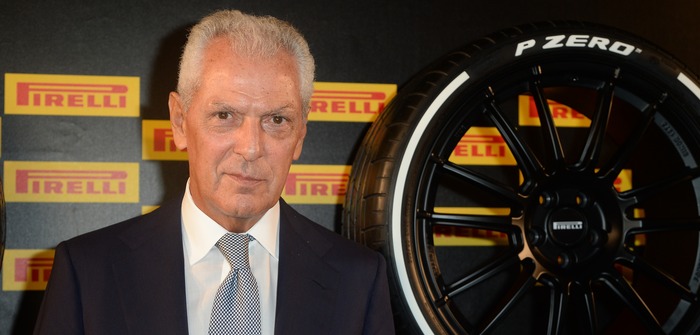Pirelli has become the first tire company to join the United Nations Road Safety Trust Fund, pledging a contribution of US$600,000 (2018-2019) to help the fund in its efforts to halving the number of worldwide road accident deaths by 2020. At the same time, the company’s chief sustainability and risk governance officer, Filippo Bettini, was nominated to a seat on the fund’s advisory board.
According to UN data, an estimated 1.25 million people are killed every year in road accidents and up to 50 million more are injured, which adds up to a cost of around US$1.85tn to the global economy. The United Nations Road Safety Trust Fund, which was established earlier this year, aims to accelerate progress in improving road safety by tapping new resources to stimulate effective action.
It will focus on strengthening the capacity of governments, including local and city authorities to develop and implement road safety programmes with low and middle- income countries the priority. UNECE estimates that every US$1,500 contributed to the Road Safety Trust Fund could save one life, prevent 10 serious injuries and leverage US$51,000 in road safety investment.
“Our product is the only part of the vehicle that comes into contact with the road and is therefore the linchpin of all its safety systems,” said Bettini. “Throughout our history, we have been dedicated to the constant improvement of tire safety and we are now moving into the area of intelligent tires with the greater monitoring and ecosystem communication capabilities they bring. However, as important as individual efforts are, it is clear that collaboration – with government agencies, associations, advocacy groups – is the key to significantly reducing the number of road accidents globally.”
Pirelli’s Connesso and Cyber Car products are based on tires with embedded sensors that monitor information such as the tire’s pressure, temperature and wear, in real time. In the case of Connesso, the information is sent to the driver’s smartphone through a dedicated app, while with Cyber Car it is sent directly to the cars’ on-board electronic systems.



